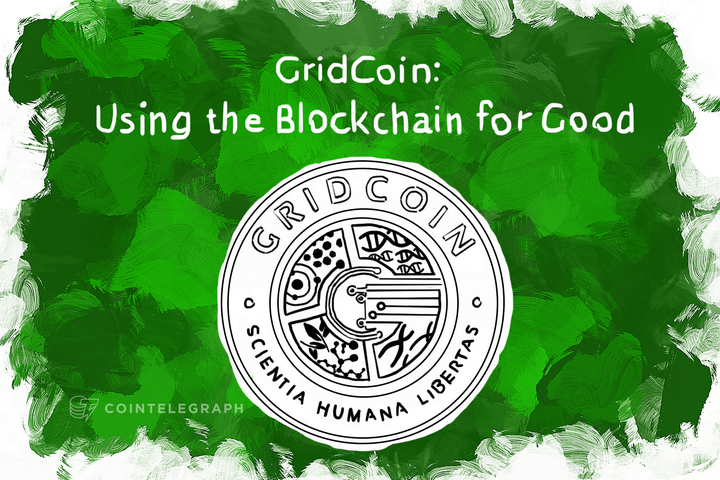A major criticism of Bitcoin, and cryptocurrencies in general, is that the mining network is extremely wasteful. By design it requires resources committed to doing arbitrary calculations. Should those calculations rather not be arbitrary and instead all the computational power be used doing something beneficial for humanity? GridCoin is an altcoin that attempts to do just that, using the blockchain to empower scientific research.
GridCoin is linked with the Berkeley Open Infrastructure for Network Computing (BOINC) system. BOINC allows for personal computers all over the world to link their spare computational power to a cloud-computing network. Scientists can use this network in order to solve problems that require massive computational power.
For example, BOINC provides computational power to the weather simulators needed by meteorologists, it crunches numbers for particle accelerators, and helps in the search for undiscovered neuron stars and extra-terrestrial life. It is even used in medical research, focusing on the cures for cancer, schizophrenia and the treatment of Alzheimer’s.
Unfortunately, the calculations that are needed for most of this research cannot be used instead of the proof of work problems required to run a blockchain. Those calculations have a very specific set of criteria that few scientific problems adhere to. Instead, GridCoin incentivises miners to run both BOINC and GridCoin mining side-by-side. The incentive is that, while miners who do not run the BOINC system receive only 5 GridCoin (GRC) for mining a block, those that do will receive extra GRC based on how much relative computational power they donate to the BOINC network (up to 150 GRC). This ensures that the integrity of the blockchain remains intact, while the system strongly rewards miners for computational power committed to scientific benefits.
Under the hood, the crypocurrency side of GridCoin runs in a similar way to LiteCoin. The coin’s production rate halves every four years, a new block is mined every 2.5 minutes, and it utilizes a script-based proof-of-work system. It will produce approximately 336 million coins. There are no pre-mined coins.
Although there are still wasteful calculations to provide proof of work, the level of waste is nowhere as significant as in the case of other cryptocurrencies. More importantly, despite GridCoin still being a rather minor altcoin, its network is quickly climbing the ranks as a major contributor to the BOINC system. Whether GridCoin itself flourishes or fades away, the idea of having the staggering computational power of mining systems giving a direct benefit outside of proof-of-work is one that could have serious staying power.
The author, Shaun MacIntyre, wanted to update this article, based on feedback from our readers:
Gridcoin as it currently stands is set to produce approximately 168 million coins, using an average of 100 GridCoin per block.
Participation in the BOINC system has become mandatory for GridCoin miners.
Although it used to be the case that the amount of the BOINC reward was based off of the relative amount of CPU and memory used, it has recently been updated so that it is now based on your contribution to the to a BOINC project in relation to others’, with a minimum of 5 and a maximum of 150. Strictly speaking, it is your average Recent Average Credit (RAC) on the project divided by the average RAC on that project multiplied by 150. This means that the more you contribute, the smaller a block reward others get.


